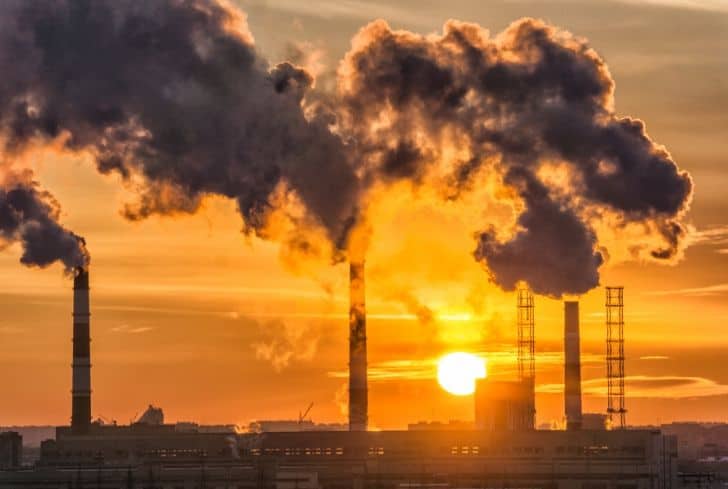
Delhi-NCR's Struggle with Soaring Air Pollution Continues in 2023 Despite Seasonal Variations
The conclusion of 2023 witnessed Delhi-NCR grappling with elevated air pollution levels, marking a setback in the region's pursuit of cleaner air. A recent analysis by the Centre for Science and Environment (CSE) underscores that despite consistent annual improvements in PM2.5 concentrations from 2015-17, the positive trend took a halt in 2023. Unfavorable meteorological conditions played a significant role in impeding progress.
While the summer and monsoon months of 2023 experienced a commendable decrease in pollution levels (14-36% cleaner compared to 2022), the winter months presented a different narrative, showcasing an increase in pollution levels (12-34%).
The annual average PM2.5 level for 2023 (up to December 29, 2023) reached 100.9 micrograms per cubic meter (µg/m3), reflecting a 2% increase from 2022 and 6% higher than the cleaner 2020. Despite the rise, the levels were still lower than those recorded in the winters of 2018-22.
The summer months demonstrated a consistent trend of becoming cleaner each year, while the winter months in 2023 exhibited a significant rise in pollution levels compared to 2022.
Unusually low surface wind speed during winter months trapped local pollution, leading to a spike in pollution levels. Slow wind speed in November 2023, the lowest in six years, exacerbated the issue.
2023 recorded the highest number of smog episodes in the last six winters, indicating the severity and persistence of poor air quality.
Surprisingly, the contribution of stubble burning to PM2.5 in November 2023 was the lowest in the last six years, challenging the common perception that it is the primary contributor to winter pollution.
Despite improvements in some seasons, the overall analysis underscores the necessity for more aggressive emissions reduction measures, particularly from vehicles, industry, waste, solid fuels, and construction, to meet national air quality standards and counteract adverse meteorological conditions leading to winter spikes.
While the struggle against air pollution continues, the findings emphasize the need for sustained efforts in emissions reduction and the implementation of effective policies to safeguard the region's air quality.